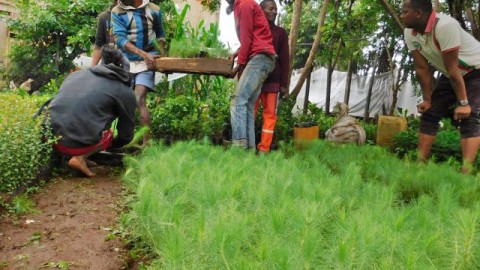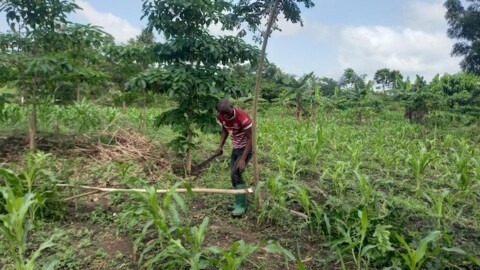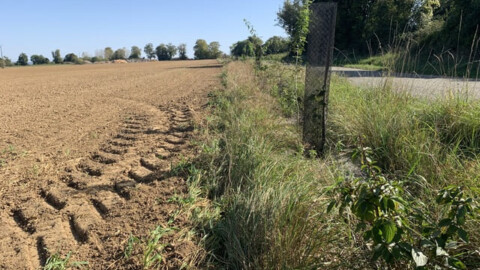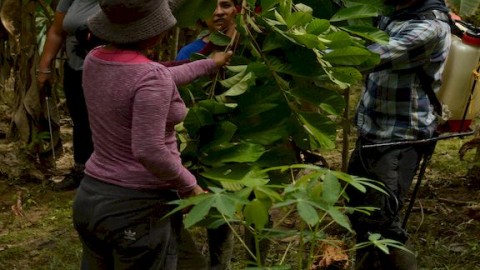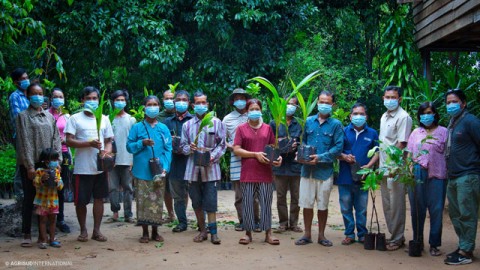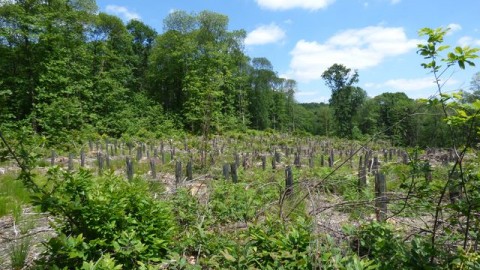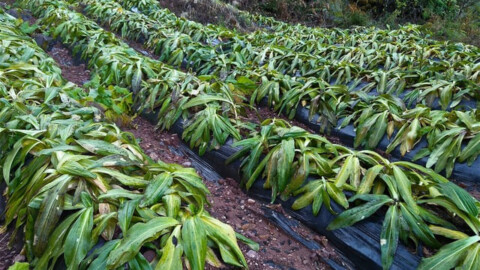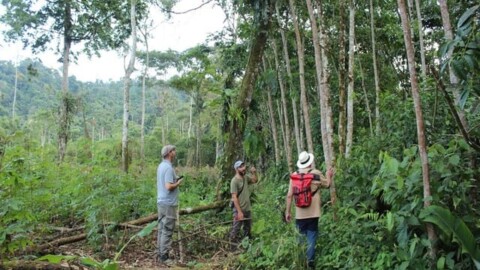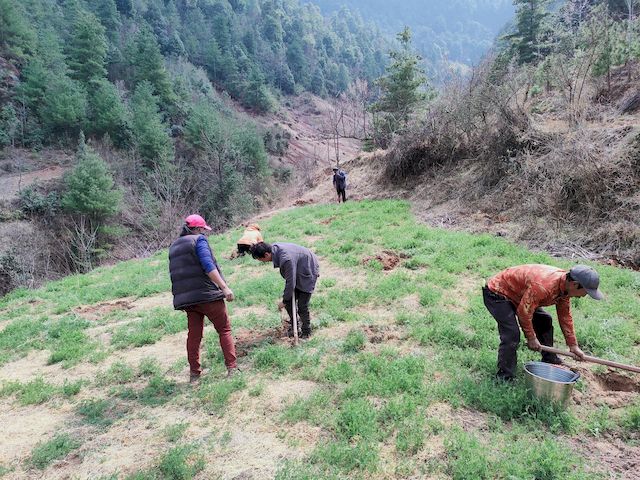
Liming, Chine, juin 2022
The Liming 2022 project is supporting the Lisu and Naxi ethnic minorities in China. The aim is to have 5,073 fruit and environmental trees, as well as medicinal plants. These plantations will help tackle the serious issue of soil erosion in the region, enrich biodiversity, and generate additional income for local populations through sales of the medicinal plants and fruit harvested. This project is the follow-up of planting activities carried out in the village of Liming in 2020.
Planting 23 species of trees and medicinal plants in 2022
In 2022, 5,190 trees will be planted in two planting phases. The first was in April 2022 and eight different types of fruit tree were planted, e.g. the Sichuan pepper, quince, Chinese plum, and cherry. These species were chosen to best meet the needs of the local communities. In 6 to 10 years’ time, when the trees are sufficiently productive, the fruit will be consumed directly by the farmers’ families and sold in local markets.
During the second planting phase, from June to September 2022, environmental trees will be planted. Eleven environmental species are currently growing in the nursery to encourage preservation of biodiversity on the plots.
This project also addresses the needs of local communities by planting medicinal plants. The project beneficiaries are the Lisu and Naxi minorities, known for their ancestral know-how in gathering and using medicinal plants. Four medicinal plant species will be planted, including Konjac, a Southeast Asian plant used to relieve coughs, burns, and intestinal disorders. The other species to be planted – Rhizoma Paridis Yunnanensis, Gentiana Macrophylla, and Aucklandia Costus – are currently being sourced.
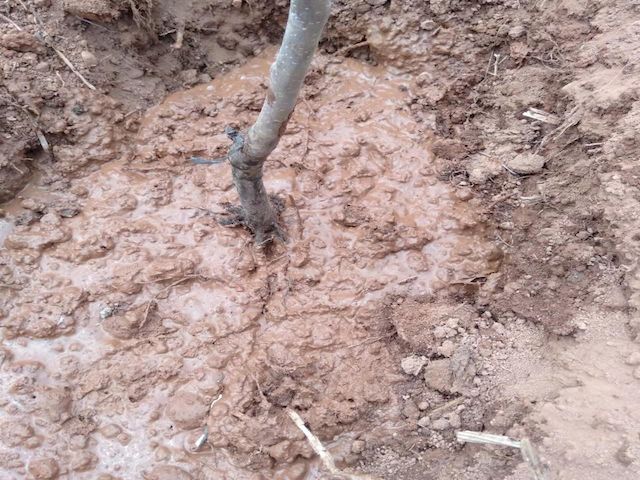
Two extra experimental projects
Two trial implementations are underway on the agricultural plots of the project.
The first will plant cover crops, like alfalfa and beans, in the areas where the fruit trees are planted. They will grow between crop fields and help fight soil erosion, trap nitrates, and generate additional income for the farmers.
The second seeks to introduce more advanced methods of plant cover on slopes. This means the crops will be planted perpendicular to the slopes to better tackle soil erosion and run-off.
Focus on the first planting phase
In April 2022, the economic trees (fruit) prepared in the nursery were distributed to the farmers involved in the project. This action involved 20 families, of which at least 30% were women. These farmers were given equipment to set up irrigation systems in places where none previously existed.
Monitoring of this planting phase will take place in three to seven months’ time to establish the exact number of trees planted and their survival rate.
Training sessions also took place with all the participants on planting methods and trimming branches. Future plans include providing training on fertilizer management and disease and pest control.


